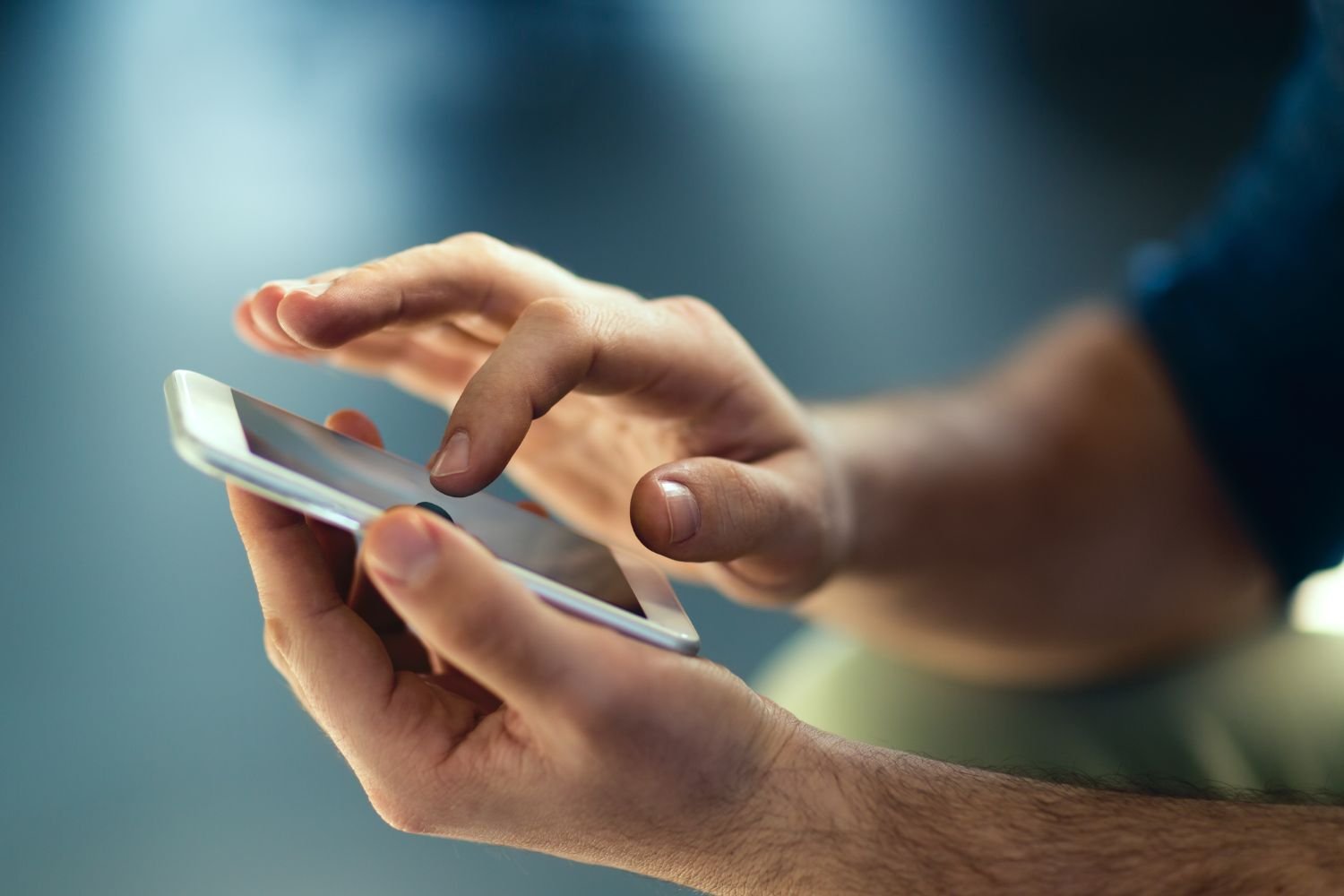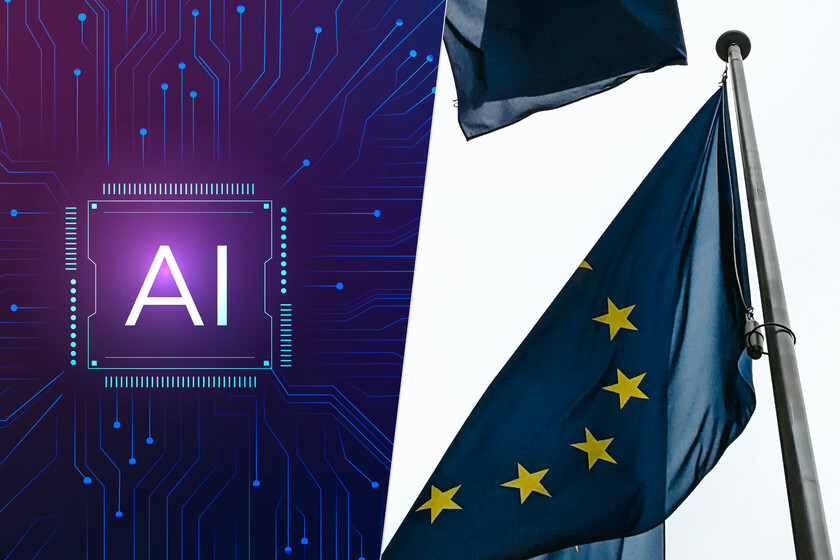No more purchases blind. Europe wants consumers to have all the cards in hand before cracking for a smartphone or tablet. As of next summer, a new label will appear on the boxes of the devices sold in the EU. It will not only speak of energy consumption, but also solidity, repairability and endurance.
A sticker to better choose your phone
Concretely, six info will appear on this label: the energy efficiency class (as for a fridge), battery life (in hours and minutes), solidity in the event of a fall, the number of recharge cycles that the battery can collect without weakening too much, repairability (on a clear scale) and the protection against water and dust (IP).
This famous “cycles” criterion is crucial. This is the number of times that a device can be completely recharged before the battery begins to seriously tire. To be sold in the EU, the battery of a phone or tablet will now have to hold at least 800 cycles while retaining at least 80 % of its initial capacity. In other words: you should be able to recharge your smartphone every day for more than two years without seeing the autonomy collapse. A real pressure for manufacturers who sometimes bet on fragile batteries to encourage rapid renewal of devices.
Are concerned: smartphones with screen between 4 and 7 inches, and tablets between 7 and 17.4 inches, provided they have no physical keyboard. Do not panic if you have a surface or an iPad Pro with keyboard: it still goes between the meshes of the net. Ditto for foldable screen models or reserved for ultra-secure uses.
In parallel, brands will have to comply with new obligations to make their products more sustainable. And no question of keeping the spare parts under key: they must be available quickly (within ten days) for seven years after stopping the sale of the model. Software updates will also have to follow for minimum for five years.
The objective is to extend the lifespan of the devices, prevent them from ending too quickly at the bottom of a drawer or the discharge, and allow consumers to save money. According to the European Commission, these new rules could represent up to 20 billion euros in savings for households by 2030, or a hundred euros per household.
On the environment side, Europe also hopes to reduce the energy bill: up to 2.2 TWh of electricity saved in 2030. A small step for each phone, but a good boost on the continent’s scale. A first assessment is scheduled in 2027, just to see if the promises hold the road.
🟣 To not miss any news on the Geek newspaper, subscribe to Google News and on our WhatsApp. And if you love us, .












